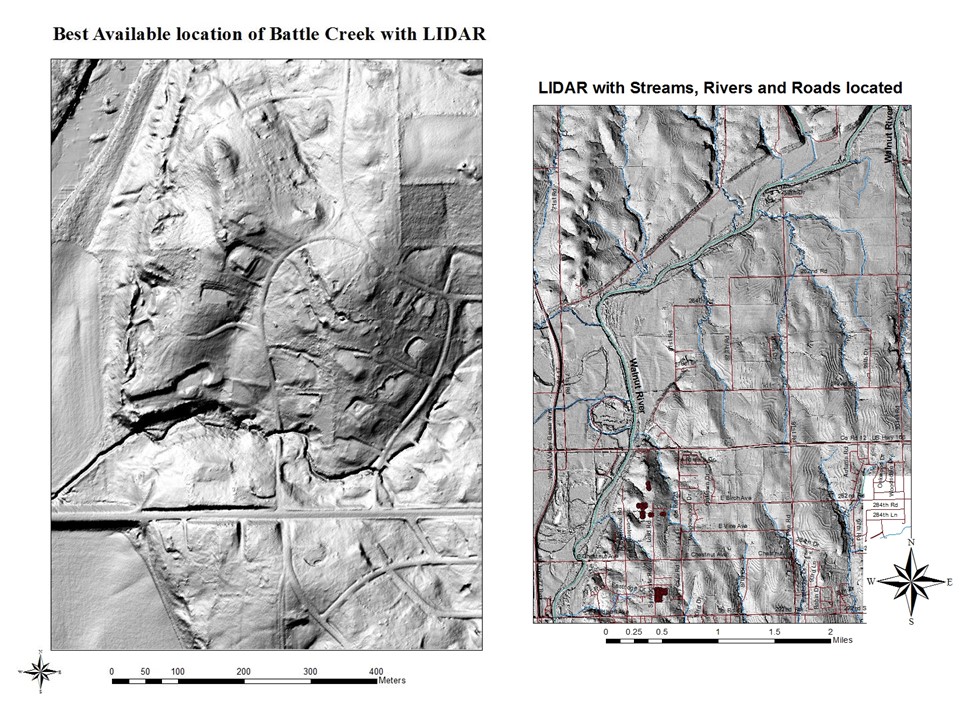Mar 14, 2016
American Archaeology Magazine
Searching For Etzanoa
Researchers may have found one of North America’s largest prehistoric settlements in Kansas.
By David Malakoff.
In the early summer of 1601, Juan de Oñate, a conquistador who helped establish the Spanish colony of New Mexico, set off on a search to find Quivira, a fabled “city of gold.” Led by the lone survivor of an earlier expedition, Oñate marched east from his base near what is now Santa Fe with some 200 soldiers and several cannons, as well as a dozen priests and a large gaggle of camp followers. Along the way, the explorers encountered herds of American bison, marveling at these “most monstrous cattle” and the Apache hunters who stalked them. And they were among the first Europeans to describe the lush prairies of the Great Plains, with “grasses so high that in many places they hid a horse.”
Oñate’s most eye-popping discovery, however, was yet to come. That fall, his band reached a river located somewhere near what is now the Kansas-Oklahoma border. Its banks were lined with more than a thousand large, thatched-roof buildings, scattered among fields of corn, squash, and beans. Many of the inhabitants had fled before Oñate’s arrival, and astonished scouts reported that the town stretched on for miles. “The end of the houses was not in sight,” soldiers later told Spanish officials, estimating that some 20,000 people lived in the settlement they dubbed Etzanoa.
For centuries, many scholars discounted Oñate’s account of Etzanoa. Conquistadors had a reputation for exaggerating, they said, in order to impress their royal bosses and church officials eager to save souls. Archaeologists and anthropologists also were skeptical. Now, however, some recent archaeological discoveries—and some fresh translations of accounts of Oñate’s journey—may be changing that argument. Researchers say they have found preliminary evidence of Etzanoa in south-central Kansas near Arkansas City.
Summary. Read More in our Spring 2016 Issue of American Archaeology, Vol. 20 No. 1.

